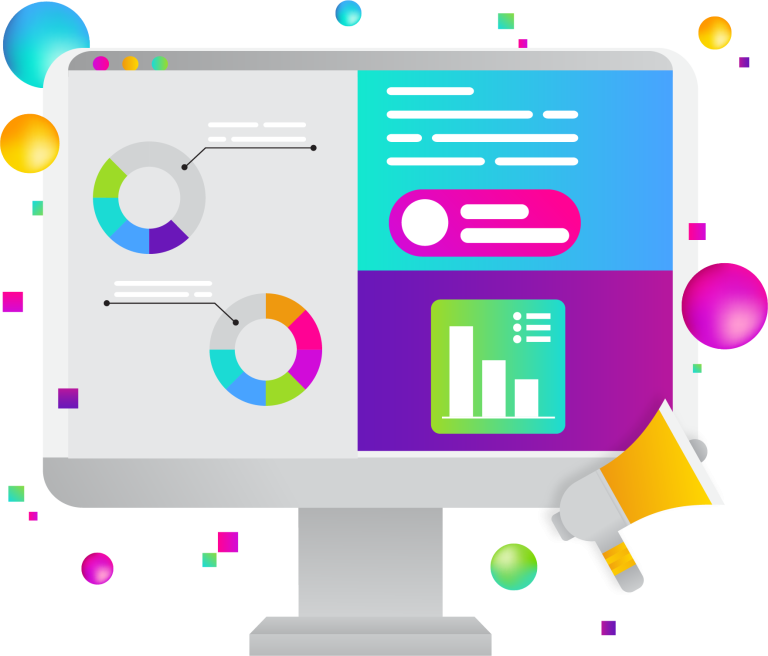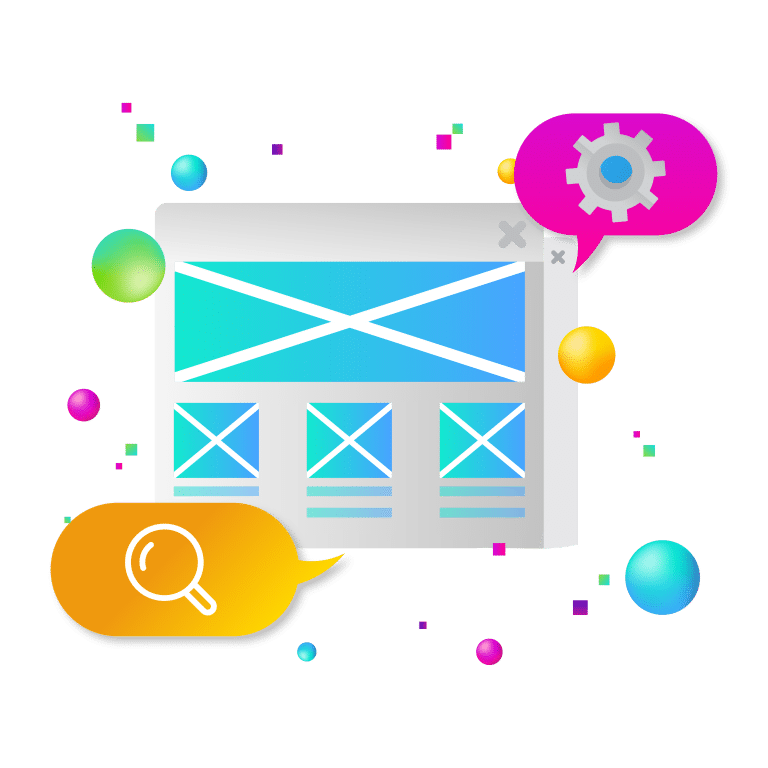Data visualization is quickly becoming a valuable asset with the potential to change the way data is accessed, presented, and used. Not only is it changing the data world, but also data visualization gives marketers the opportunity to truly showcase their value as a brand.

According to industry estimates by PR Newswire, small and medium-sized businesses are now pushing the adoption of data visualization. Data visualization is no longer just a tactic for major player organizations but is now used by any organization of any size.
Why? Because corporations and nonprofits of all types and sizes finally see its full potential when it comes to marketing.
The importance of data visualization is increasing at a rapid rate as big data becomes more prevalent. As a result, all businesses will almost certainly need to embrace data visualization tools to stay competitive and market effectively.
Organizations that use data visualization can reap various revolutionary benefits, some of which could represent a massive leap in important areas of operations.
WHAT IS DATA VISUALIZATION?
Data visualization allows you to present data in a visually appealing and easy-to-understand format.
It’s all about presenting data in a visual format, such as a chart or a map, so anyone looking at it can better understand its relevance.
HOW DOES IT WORK?
Data shared via text can be not only confusing but also rather bland. On the other hand, data represented visually can help people extract significance from that data more quickly and easily. In addition, data visualization allows you to expose trends, patterns, and correlations that might have otherwise gone undetected.
STATIC VS. INTERACTIVE
Data visualizations can be either static or interactive. People have been employing static data visualization, such as charts and maps, for ages. However, interactive data visualization is a relatively new concept: it allows users to drill down into the nitty gritty of these charts and graphs using their computers and mobile devices and then adjust what data they see and how it’s processed interactively.
TIME SERIES VISUALIZATION
You may hear the term, “time series visualization” in addition to “static” and “dynamic data visualization.” Time series visualization is exactly what it sounds like: graphics that track data or performance across time. This is significant since one of the main reasons people are interested in data visualization is to see how variables change over time.
SELECTING THE RIGHT DATA VISUALIZATION FOR YOUR GOAL
There are various forms of data visualizations, including:
- Infographics: present a quick overview of a topic
- Charts: represent data points and show change or reveal relationships
- Diagrams: maps out processes, plans projects, and connects ideas
- Maps: shows physical features of the land
The question is, which one is best for your visual communications?
Using the incorrect type of visualization is one of the most common mistakes individuals make when producing data visualizations. Unfortunately, this can cause data to be distorted, perhaps leading to people being misled. Confusing people is the last thing you want to do when attempting to market your brand, so make sure you pay careful attention to which visualizations you pick.
Apart from making data easier to digest, data visualization can help you market the value of your brand in various ways. Let’s take a closer look at the benefits of data visualization so you can see how it could benefit your corporation or nonprofit:
Absorb Information Faster
One of the most important benefits of data visualization is that it allows us to absorb large amounts of information quickly.
Why is this the case? It’s partly because people comprehend visual imagery 60,000 times faster than text.
One reason for this is that the neural process of visualizing demands more brain activity than the process of processing visible images. As a result, seeing a chart, graph, or another visual representation of data is far more comfortable for the brain to take in than reading text and then converting that into a mental image of the data (which is more than likely to be inaccurate).
When your audience can digest key data points quickly, you avoid the risk of a powerful message being overlooked.
Greater Insights and Decision-Making
The most obvious benefit is that it helps in the discovery of patterns and trends by connecting the dots between different datasets, therefore improving comprehension. In addition, it gives your data additional context and meaning, allowing you to better grasp its relevance in the actual world and how you should use it. Rather than overloading you with data, data visualization organizes the most important elements in a way that makes sense for you or your target audience.
Data visualization helps you illustrate the differences between seemingly comparable datasets, which you can’t acquire with typical descriptive statistics.
Better insights because of data visualization drastically improve the decision-making process. Because important decision-makers won’t have to comb through data to find the information they need, they’ll be able to avoid analysis paralysis and make more informed judgments much faster.
That’s why data visualization is so important in marketing: it allows you to create effective ideas and campaigns before your competitors do.
Better Engage Your Audience
Well-designed visuals are undeniably appealing and engaging. Data visualization mixed with data storytelling can assist you in attracting and engaging your target audience. In addition, it might help you convey your message more successfully by giving greater weight to the information you want to share.
The better you are able to share your story and highlight your successes, the more engaged your audience will be. For example, a visual of how many meals your nonprofit organization has donated is much more powerful for showing your organization’s value than simply writing it out.
Data is powerful. And now, if you’re not presenting it to your audience in a visually pleasing and engaging format, you are missing out on huge opportunities to market how valuable you are to your audiences. So whether you are a huge nonprofit organization or a small business just getting started, data visualization needs to be incorporated into your content marketing strategy if you want to reach your full marketing potential. And don’t worry, we are here to help you every step of the way.



